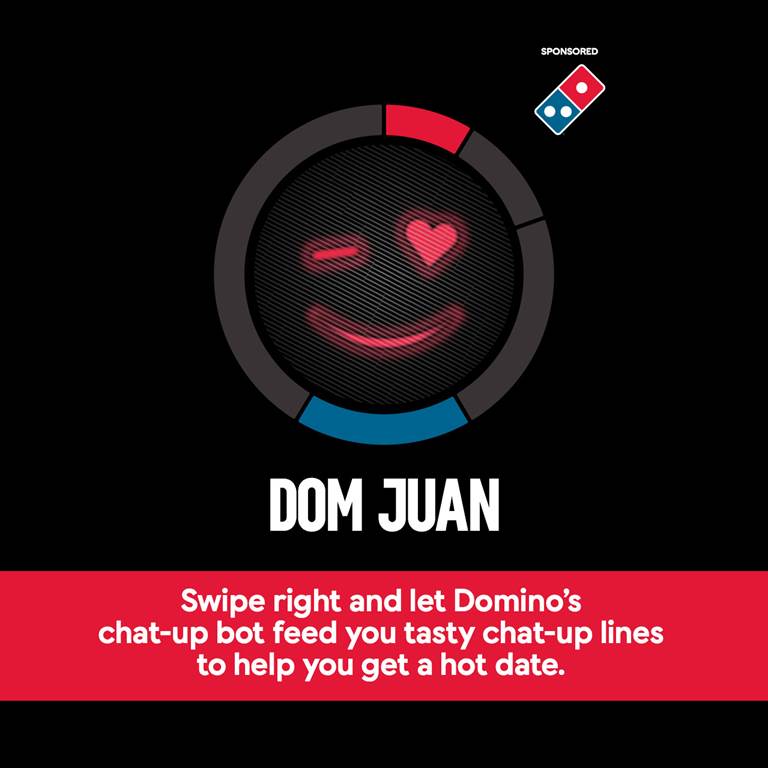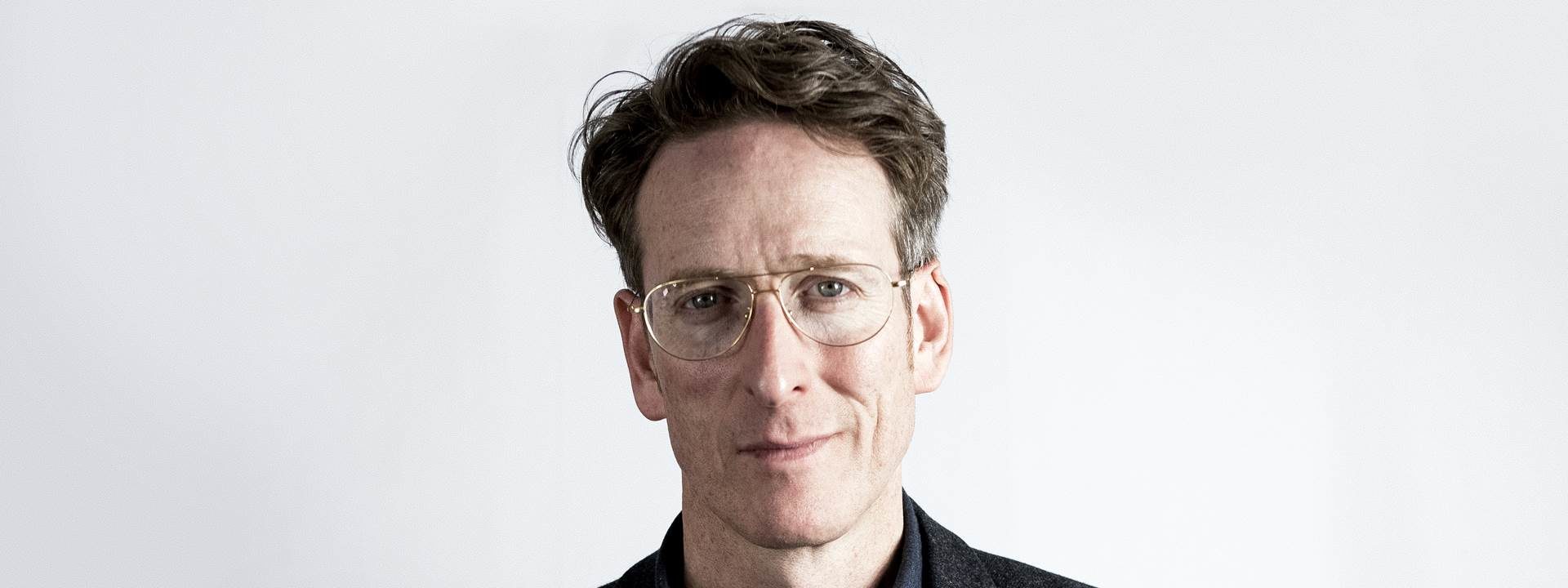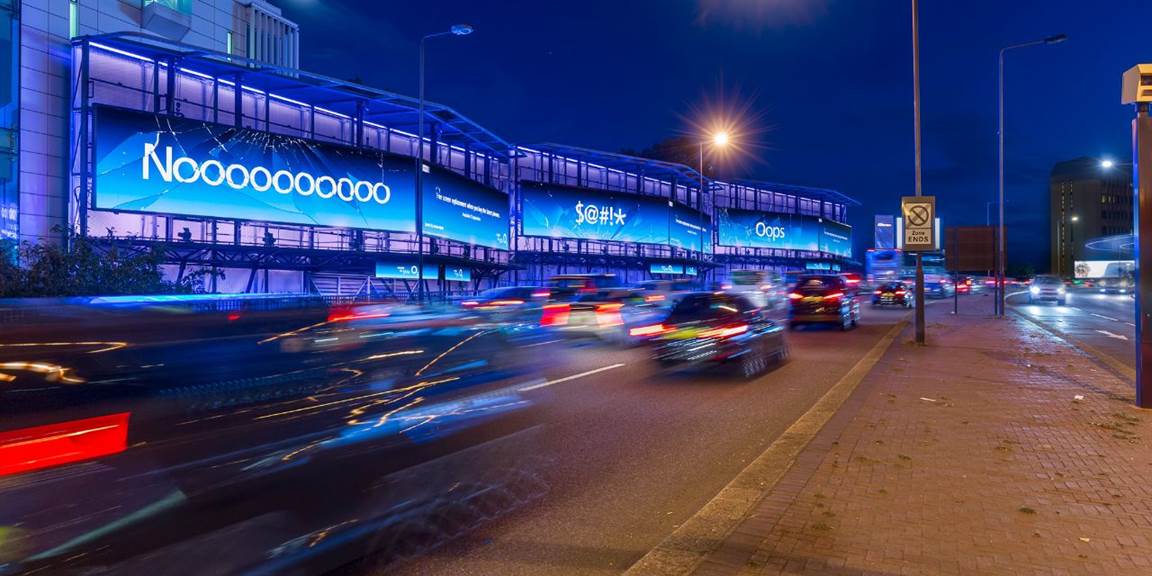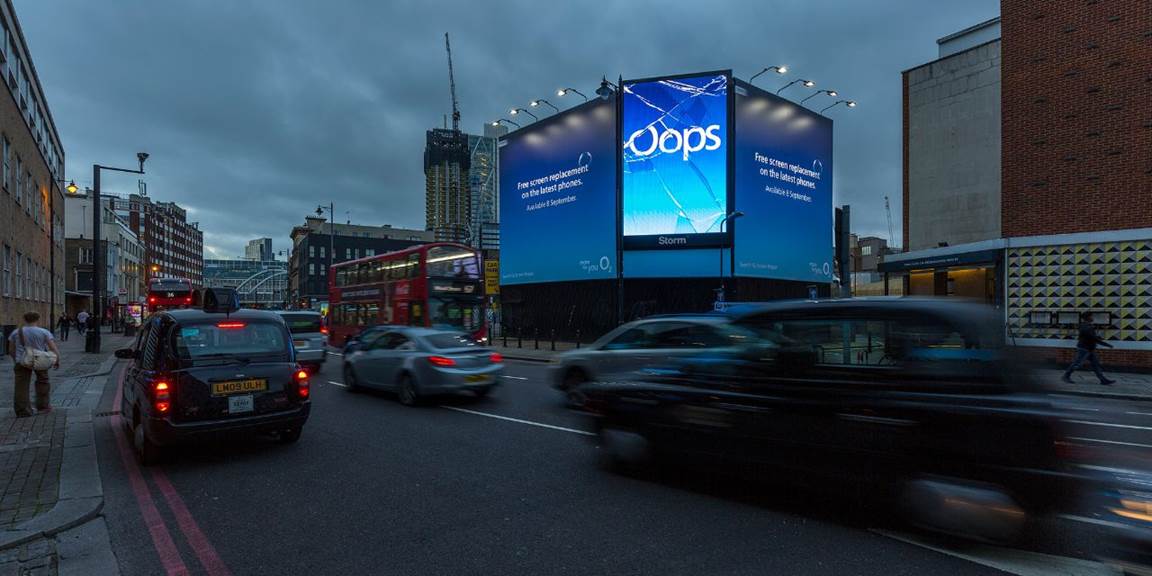IS IT BIG ENOUGH TO BE SMALL ENOUGH?
news
In the Press
Published by
Charles Vallance
Date
24/09/2018
Raw awareness. Once upon a time, you could buy it by the bucketload, like tripe in a Lancastrian mill town.
The challenge wasn't so much reach, it was precision. Now the funnel is inverted. We can be as precise as a Pyrenean truffle hound (and, if we over-retarget, can begin to resemble one), but mass coverage – well, that's a more elusive beast.
In a way, it is ironic that the programmatic sniper's rifle has become more of a commodity than the broadcast blunderbuss. However, to portray the media choices now facing brands as polarised between 'mass' and 'micro' would be a gross oversimplification. That's because the 'old' media formats have become nearly as fragmented as the new alternatives.

Take posters.
Twenty-five years ago, a heavyweight poster campaign consisted largely of paper-and-paste 48 sheets, local 4 sheets and, perhaps, a smattering of 16 sheets if you were selling super-strength lager. Technology has changed all that. A heavyweight poster campaign now resembles a minestrone of formats, including digital out-of-home D6s, DEPs, landscape large format DOOH, extreme landscape large format DOOH, mega 6s, supersides, DX3, Transvisions, Superlites, main station motions, digiwalls, AdGates, staion takeovers, bus wraps etc, etc, etc.
This is before we mention all the super-sites, such as Piccadilly Lights, Imax, The Eye Holborn, The Birmingham Media Eyes, the Liverpool Media Wall et al. After all this, there can sometimes be insufficient budget left for a critical mass of old-school 6, 48 and 96 sheets. Television is not dissimilar, with a sprawl of diffusion brands and their +1 back-ups. And print ushered in the dissolution of the media with the supplementisation of its product way back in the 1980s.
Advertising needs to embrace the composite, particulate nature of modern media - and, indeed, the blurring of lines between creative formats.

At the start of the year, I wrote about the rise of brand impressionism, about the need for advertising to embrace the composite, particulate nature of modern media – and, indeed, the blurring of the lines between creative formats. DOOH posters are now filmic and film now has to work in traditionally static spaces. Meanwhile, long-form and short-form video content are increasingly part of the same creative process as barriers to creative production continue to tumble. Print is now a form of animation and animation is now a form of print. It's all very fluid.
But, whatever the answer is, the primary learning is that fluent devices are increasingly the key to success in an ever-splintering media environment. If you're not making them for your client at the moment, it's probably time to start.






